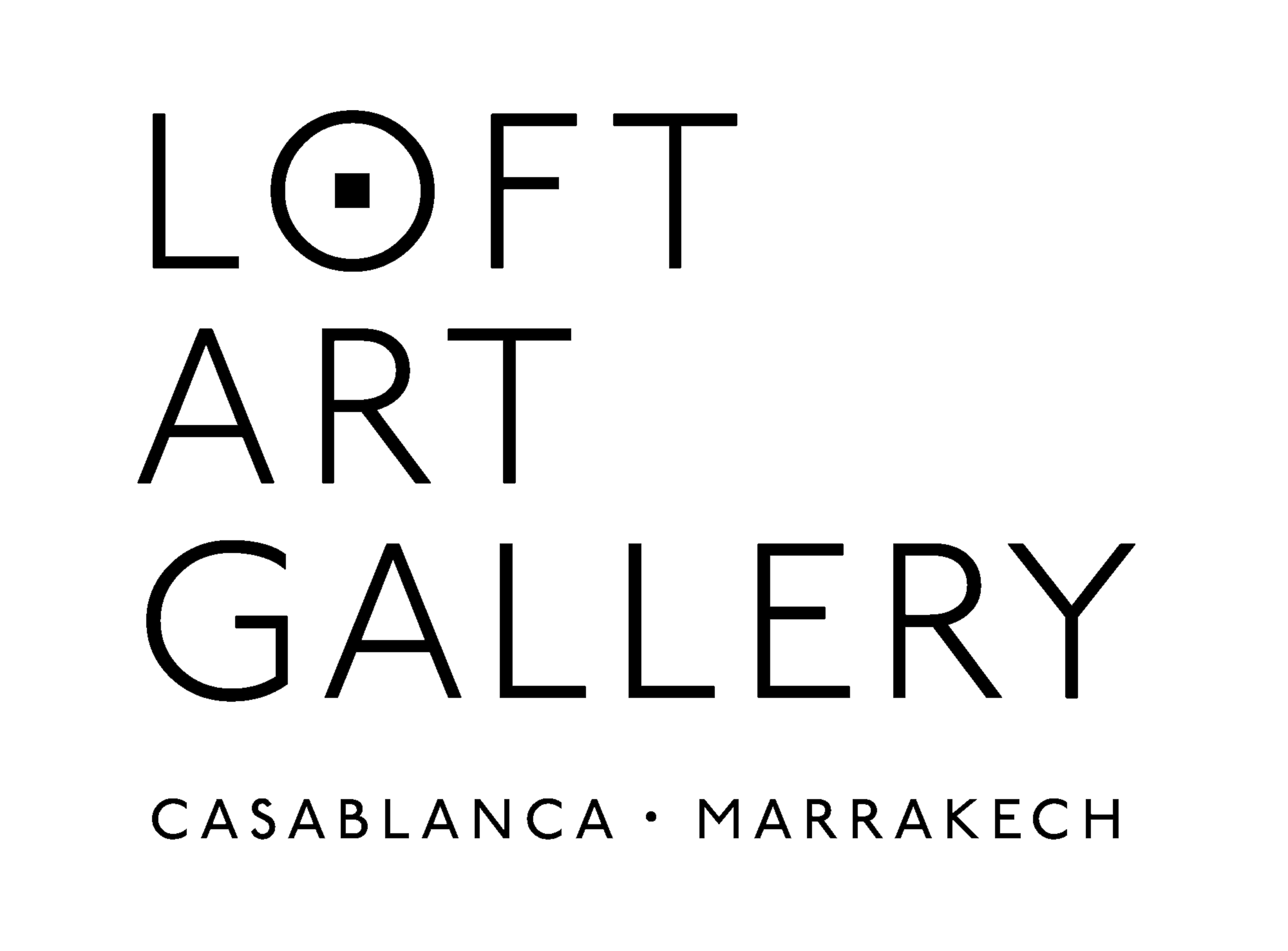Mohamed Hamidi is considered as one of the precursors of modern art in Morocco. After training at the Ecole des Beaux-Arts de Casablanca, Mohamed Hamidi left for France. By 1959, he was leading the life of a bohemian artist in Paris, assiduously exploring museums and galleries, and visiting workshops and exhibitions. In 1964, he earned a teaching degree in Monumental Art from the Ecole Nationale Supérieure des Beaux-Arts de Paris, and became assistant to the painter Jean Aujame in his mural studio.
Upon his return to Morocco, Mohamed Hamidi taught at the Ecole des Beaux-Arts de Casablanca, then under the direction of Farid Belkahia.
In 1969, he took part in the very famous “Manifesto” exhibition at Jamaa El Fna Square in Marrakech alongside Farid Belkahia, Mohamed Chabâa and Mohamed Melehi. Hamidi is a founding member of the Moroccan Association of Plastic Arts (AMAP).
The whole of Hamidi's work focuses on the body, whose representation he pushes to the limits of abstraction with the use of increasingly refined forms. He demonstrates a keen interest in African art and its symbols, reflected in his painting exhibitions during the 1980s. Bright colours also characterize his work.
Mohammed Hamidi’s work has received belated recognition. He now exhibits around the world, and two of his works will enter the collection of the Centre Pompidou in 2019.
The whole of Hamidi's work focuses on the body, whose representation he pushes to the limits of abstraction with the help of increasingly refined forms. He is also interested in African art and its symbols, which he exhibits in his paintings of the 1980s. Bright colors also characterize his work.
Mohammed Hamidi was recognized late in life. He is now exhibiting worldwide and two of his works will enter the Centre Pompidou's collections in 2019.

